AICC general secretary Priyanka Gandhi Vadra’s announcement ahead of the Uttar Pradesh assembly polls that the Congress would give 40 per cent of its tickets to women candidates opens up possibilities and challenges for a party that has a narrow place in the state. It could also set off ripples that go beyond it, and spill over from UP to other states. For the Congress, it is a bold attempt to break out of a long and unchecked decline over three decades, during which it has steadily lost its mobilisation capacity among caste and religious groups in UP after having shed its umbrella character long ago. The party has been unable to step up to the task of redefining itself in the face of a two- pronged challenge – the rise of caste-centric regional outfits on one side, and of an ideologically aggressive BJP on the
other. The reservation of tickets for women could be the Congress’s attempt to leap over its own political weaknesses by appealing to a constituency that cuts across caste and community cleavages. A constituency that has been breaking ceilings in a range of sectors and coming of political age amid larger social shifts and technological transitions – unnoticed, or recognised only belatedly, by politics. The Congress will find that the daunting work of organisational follow-through remains. For a party that won only seven seats (two of them women) in the 403-member UP assembly in 2017, finding and fielding a larger number of women candidates will be easier announced than done. For the decision to be more than tokenism, the party must also take the next step to ensure that the women candidates are not only daughters and wives or proxies of male relatives.
In the 2019 Lok Sabha election, for the first time, the voter turnout for men and women was almost equal – 66.79 per cent and 66.68 per cent respectively. Political parties like the JD(U), TMC and BJD in the states and the BJP nationally have begun to tailor their agenda and programme to the irreversible forces set in motion by the growing political visibility of women. And yet, the number of women elected to Parliament and state legislatures still lags unconscionably. A beginning has been made in UP, but to take it forward, to draw the vital linkages between processes that are bottom-up and top-down, much political work remains to be done, both by the Congress and its competitors.

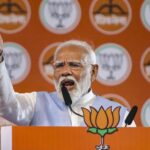



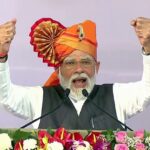

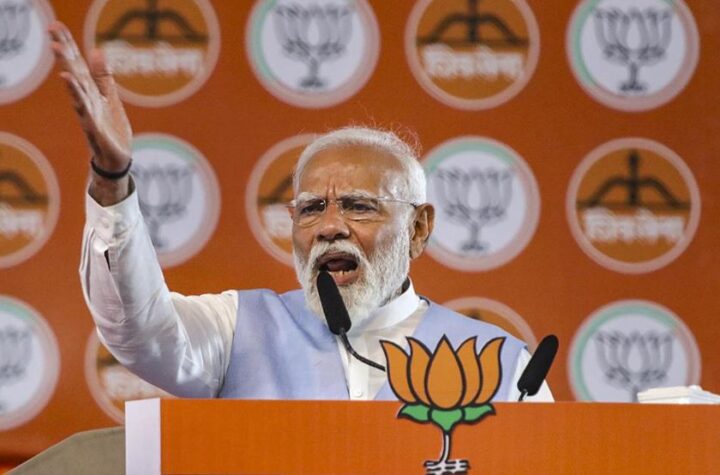

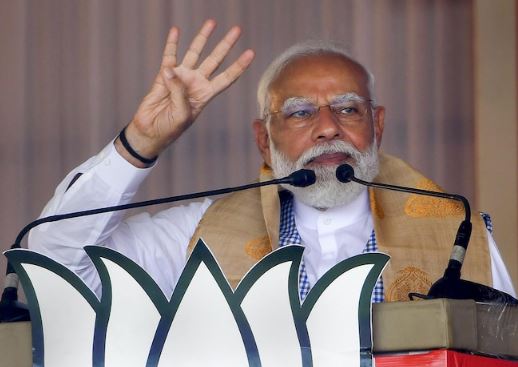
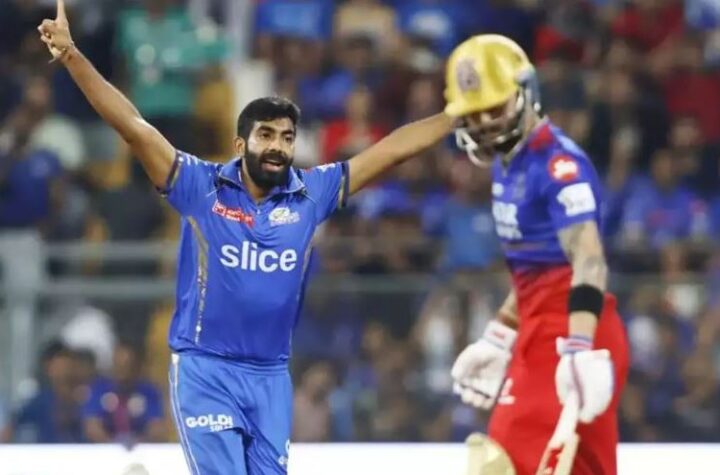
More Stories
NDA as 15 in Northeast’s 25 seats go to polls: PM
Not Big Fan Impact Player; Its Development of All-Rounders, Says Rohit
Modi will come with hope in 2024: PM